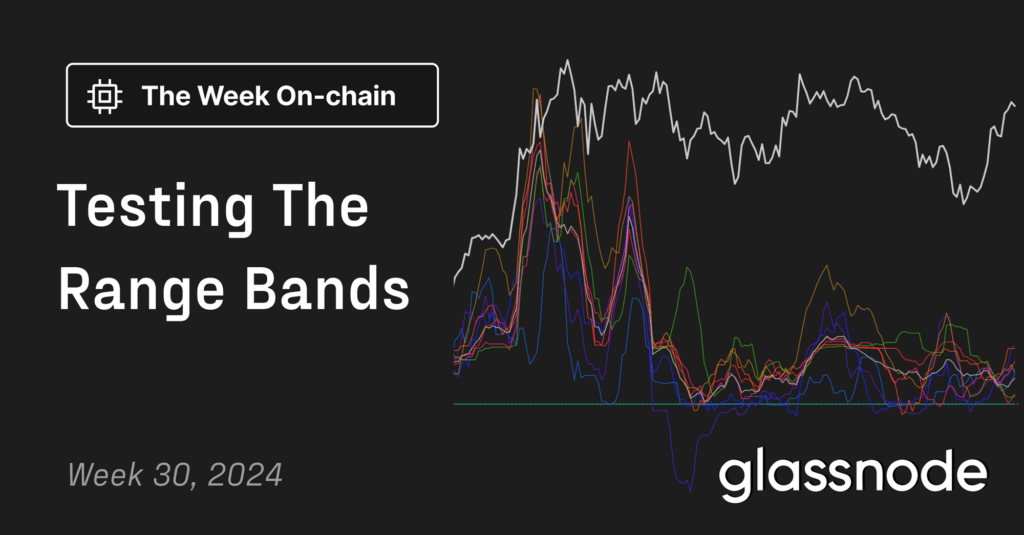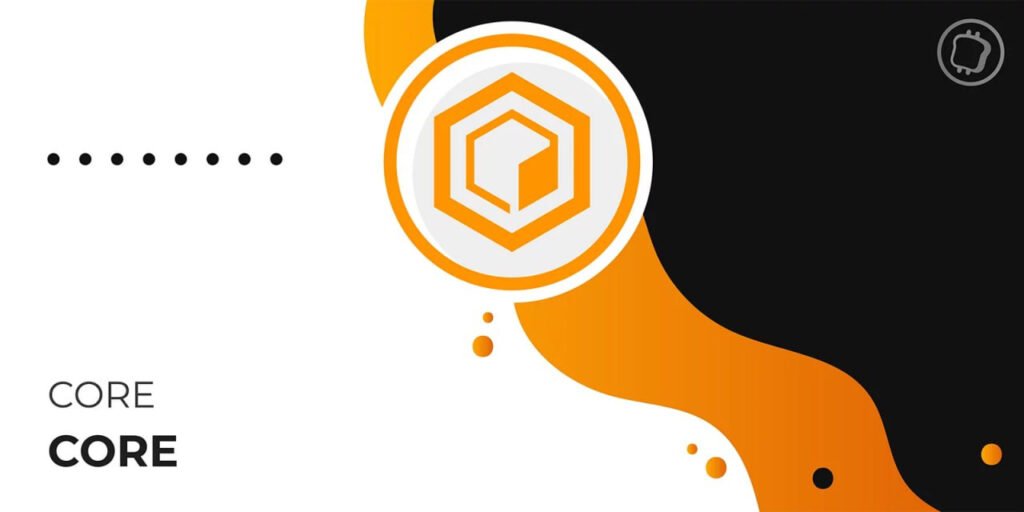Research Summary
This report discusses the scalability challenges faced by Bitcoin due to increasing adoption and usage. It explores various solutions such as the Lightning Network, the Liquid Network, and Rootstock (RSK), which aim to facilitate faster transactions and lower fees. The report also highlights the potential risks and limitations of these solutions, including centralization concerns and adoption hurdles.
Key Takeaways
Bitcoin’s Scalability Challenges
- Increasing Adoption and Usage: As more users adopt Bitcoin, the network faces scalability issues due to its limited block size and transaction processing capacity.
- Block Size Limitations: Each Bitcoin block can hold up to 4MB of data, limiting the network to processing around seven transactions per second, significantly lower than traditional payment systems like Visa.
- Security and Decentralization: Proposals to increase the block size have been met with resistance due to concerns over maintaining security and decentralization.
Scaling Solutions
- Lightning Network: This layer 2 payment protocol aims to facilitate faster transactions at lower fees by opening payment channels off the main blockchain, reducing on-chain transactions.
- Liquid Network: A sidechain protocol built on the Bitcoin blockchain, the Liquid Network aims to provide faster transactions and settlement times for larger payments.
- Rootstock (RSK): RSK is a sidechain implementation that enables developers to create decentralized applications on the Bitcoin blockchain, offering faster transaction speeds and cheaper gas fees compared to Ethereum.
Adoption and Usage
- Lightning Network Adoption: With a median fee rate of 0.0029%, the Lightning Network is 1,000 times cheaper than Visa or Mastercard, making it an attractive option for merchants.
- RSK Challenges: Despite its potential, RSK faces challenges in capturing market share due to lack of interest from developers and adoption from users.
- Stacks: A separate Bitcoin layer 1 blockchain, Stacks enables DeFi and other decentralized applications to be built on Bitcoin, though concerns about its level of decentralization have been raised.
Future Prospects
- Lightning Network’s Potential: The Lightning Network’s capacity has increased by almost 500% since 2020, indicating its potential as a layer 2 scaling solution for Bitcoin.
- Liquid Network’s Risks: While the Liquid Network offers speed, low costs, and privacy, it poses centralization risks.
- Collective Effort: The development of Bitcoin scaling solutions shows a collective effort to address the problems of slow speeds and high transaction costs.
Actionable Insights
- Monitor the Lightning Network: Given its increasing capacity and adoption, the Lightning Network’s progress should be closely watched as a potential solution to Bitcoin’s scalability issues.
- Assess the Risks of the Liquid Network: While the Liquid Network offers benefits, its centralization risks should be carefully evaluated.
- Explore the Potential of RSK and Stacks: Despite their challenges, RSK and Stacks offer promising solutions for building decentralized applications on the Bitcoin blockchain and should be further investigated.












